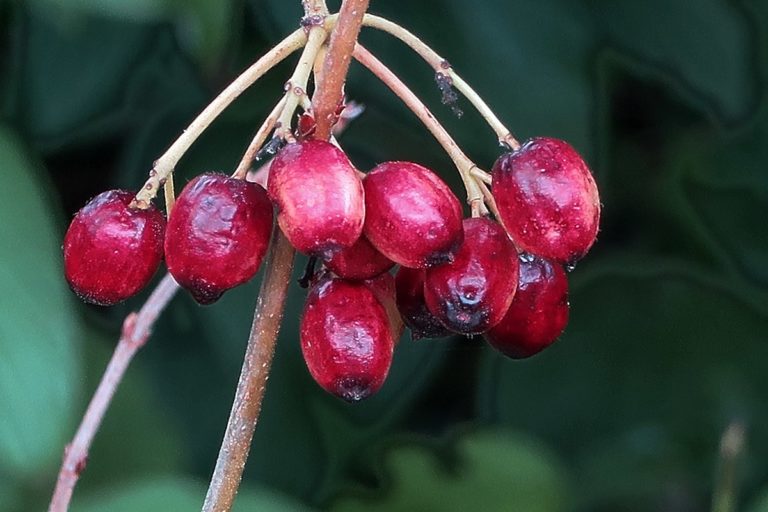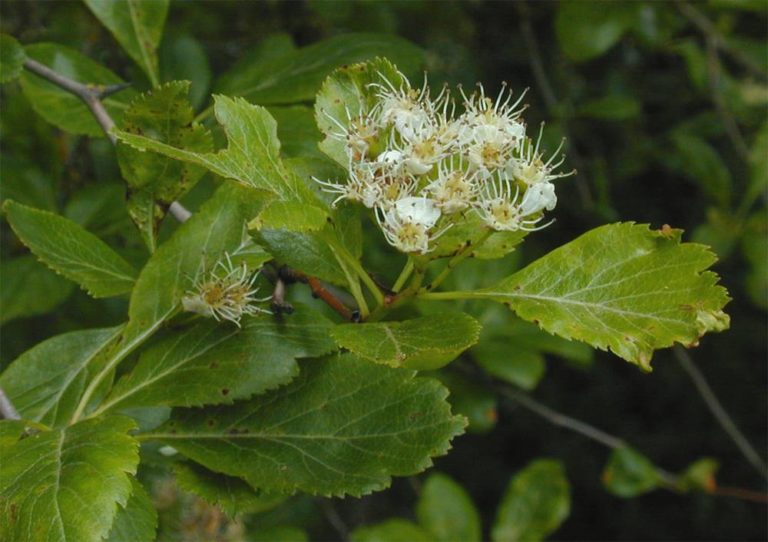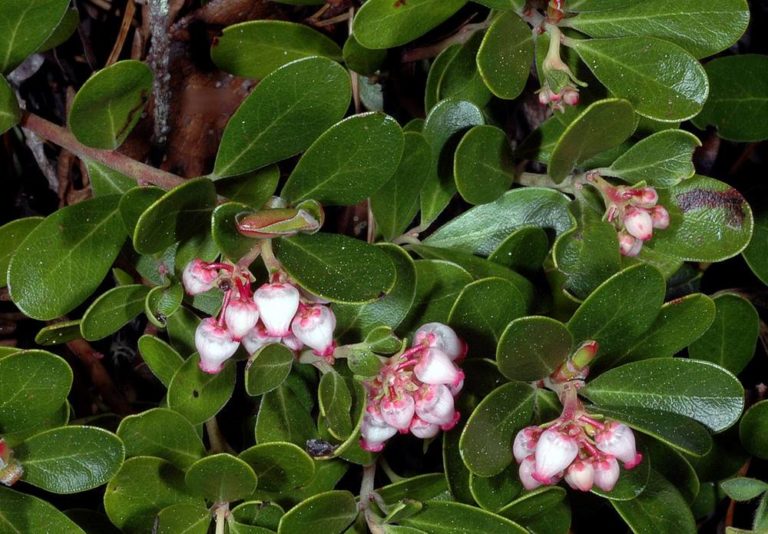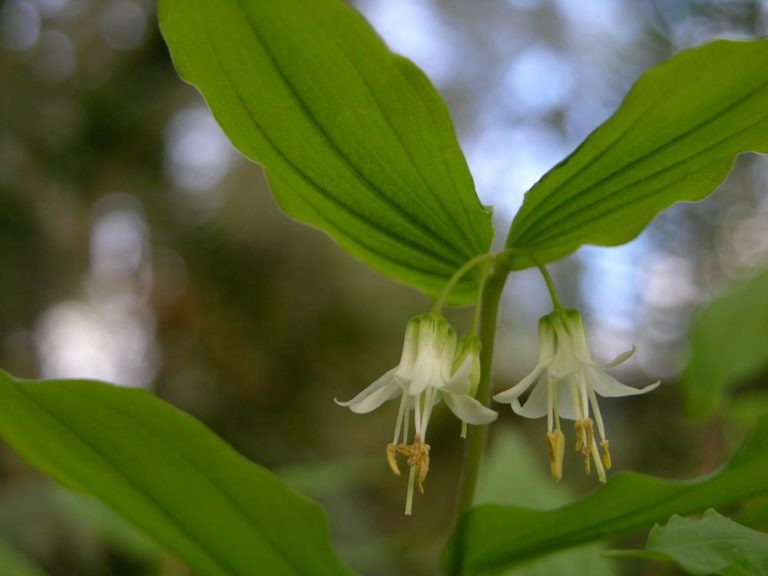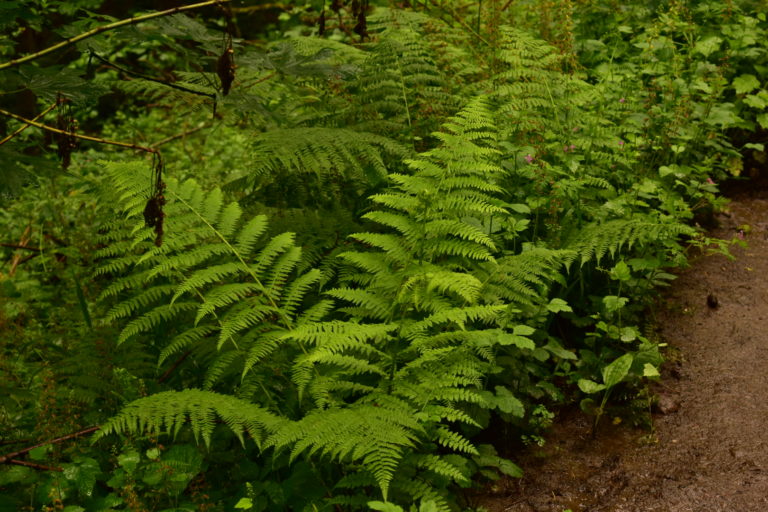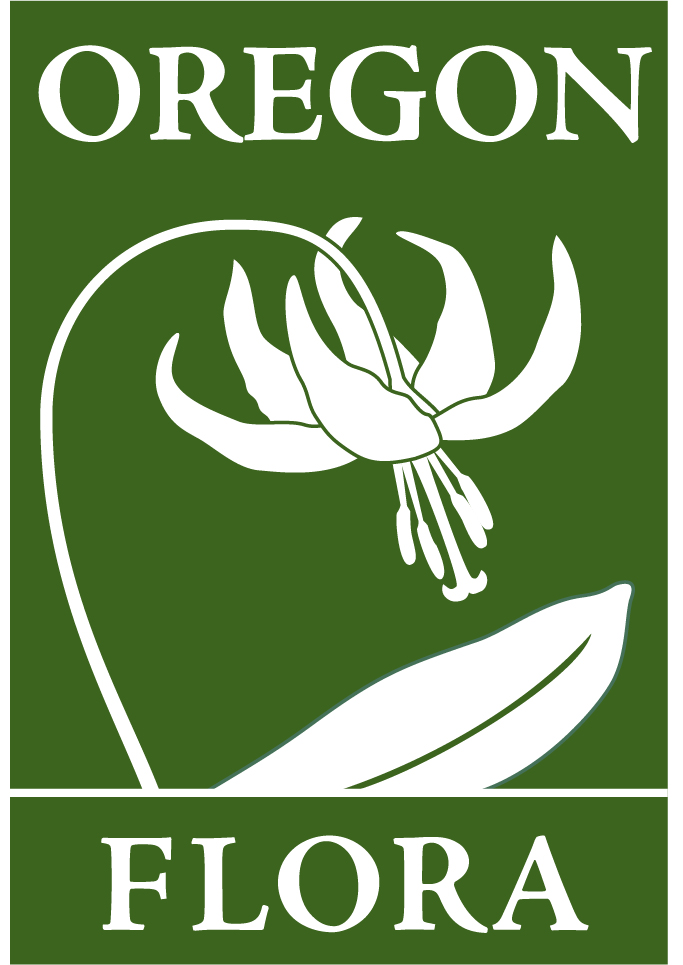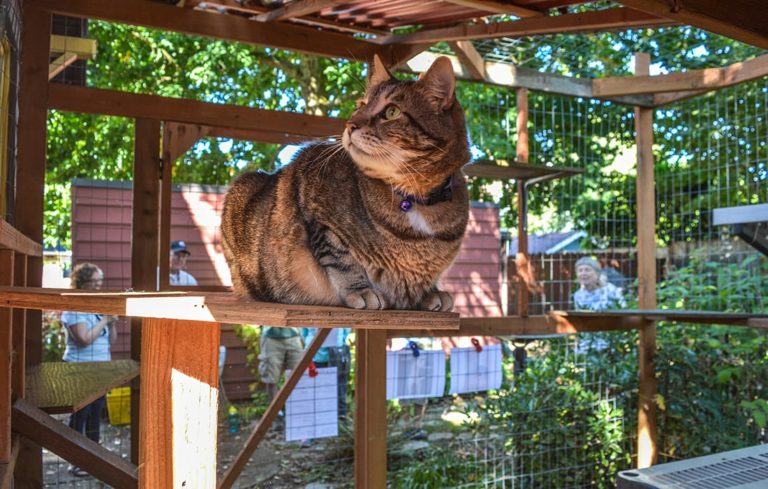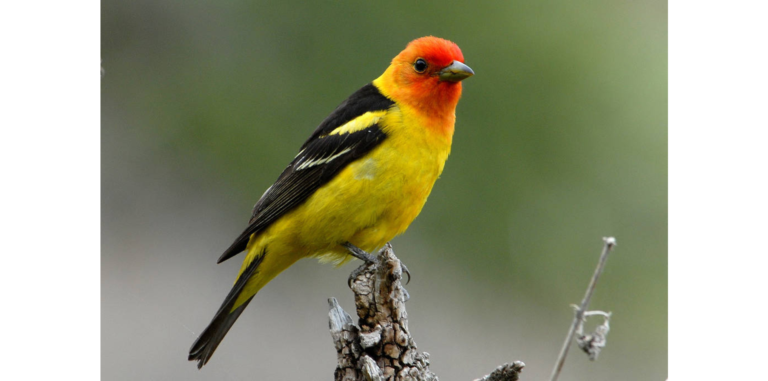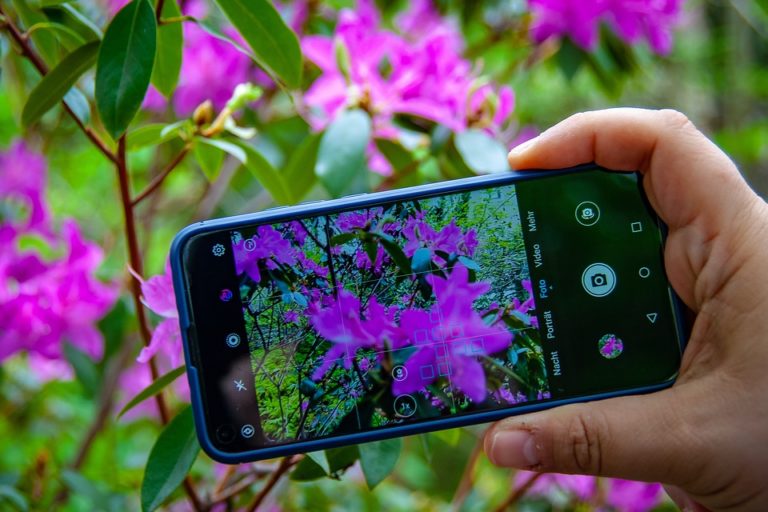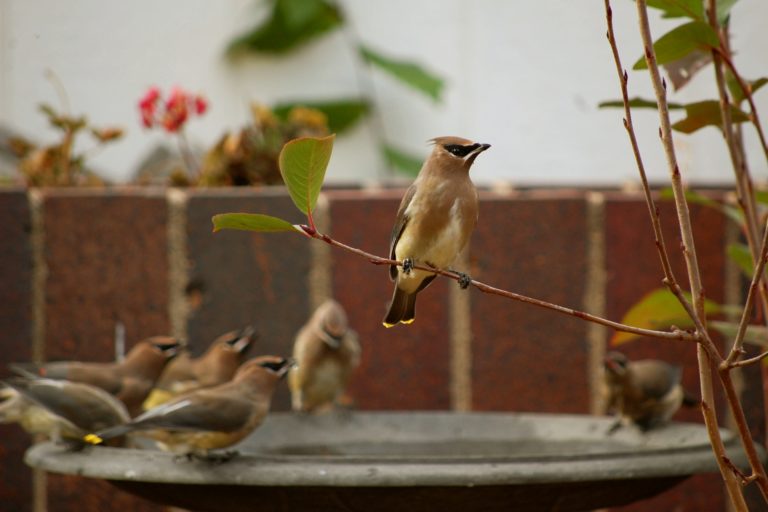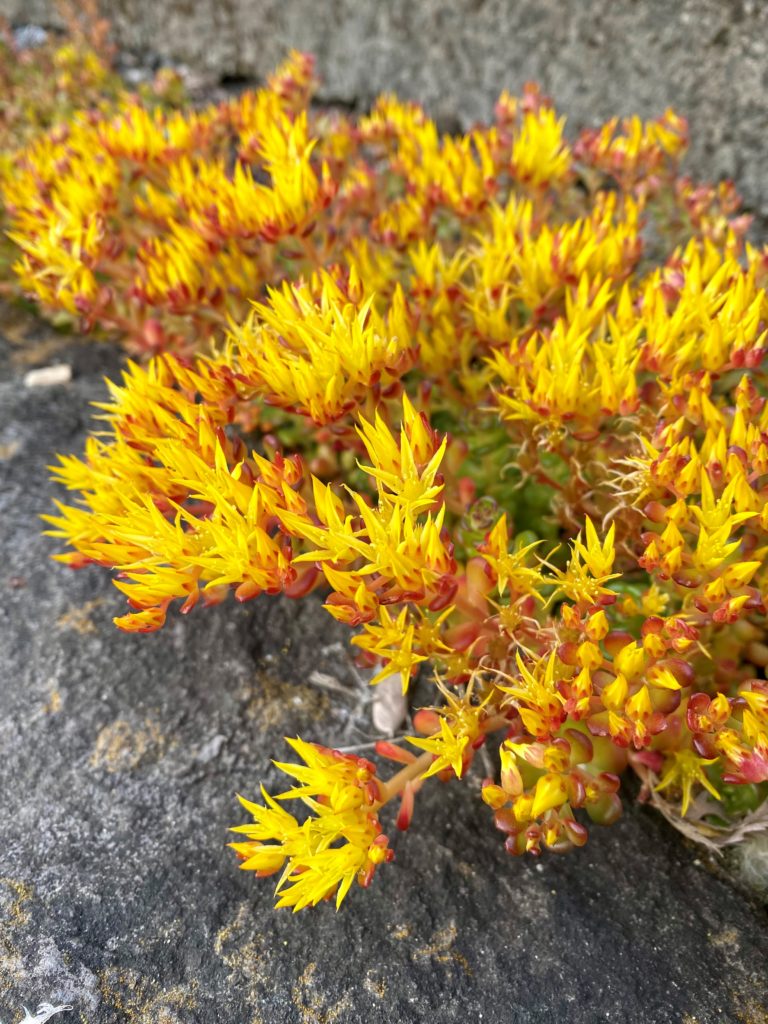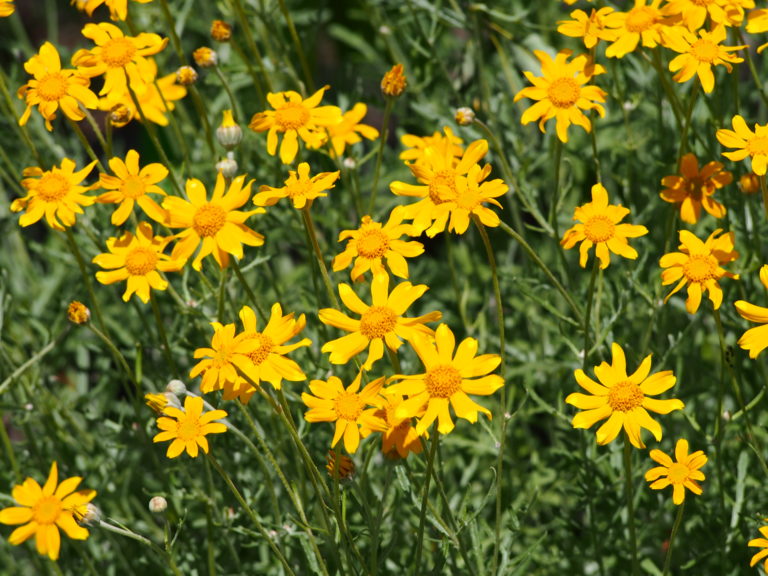In the Garden
Backyard Habitat is committed to fostering a more inclusive and respectful approach to environmental stewardship, including the language we use to talk about plants. For many years, the term “invasive”…
Written By: Daniel Krumm While upon first glance it may be a relatively non-descript small gray mammal, the Pacific water shrew is a rare gem in Northwestern ecosystems, and possesses…
Attracting pollinators and pest-eating insects, supporting over thirty species of butterflies, providing food and shelter for birds and mammals, our native viburnum does it all.
Suksdorf’s hawthorn is an overstory tree that supports hundreds of species, looks good while doing it, and has a great name.
Oregon ash is a wetland wonder, stabilizing soils, protecting water, housing caterpillars, butterflies, and birds, and providing debris for aquatic habitat.
Oregon ash is a wetland wonder, stabilizing soils, protecting water, housing caterpillars, butterflies, and birds, and providing debris for aquatic habitat.
Drops of gold and Hooker’s fairy bells are apt names for this lily that grows in the shade of trees, often surrounded by water.
Lady fern is a tall, broad-leaved fern that grows in the forests and riparian areas of the Pacific Northwest. Lady fern’s spring growth provides food for many insects and snails, while the leaves provide shelter for birds and mammals in the summer and fall.
Want ornamental grass in your landscape? Wish you could encourage more ground-nesting birds? Just want to know more about native grasses? Come check out our new post, all about blue wildrye.
As we continue to experience the devastating effects of climate change and habitat loss, it’s become increasingly important to consider how our actions can impact the environment. We can make…
If you’re interested in learning about plants native to Oregon, OregonFlora is a great resource to support your learning. They’ve assembled a guide to the 4,700+ vascular plants of Oregon which they share through their website, the Flora of Oregon books, and their wildflower identification app.
Several St. Andrew Lutheran Church members have certified Backyard Habitats. Each followed the criteria, available on-line, to study their yards. Learn a little about each of them and their efforts to create habitat!
There are ways we can help birds! The Backyard Habitat encourages folks to keep cats from roaming unsupervised outdoors and implement actions to reduce bird-window collisions.
By Janel Hull There it was, a flash of radiant yellow, orange, and jet black in the tree tops. The bird settled on a branch of my backyard pear tree…
People often ask us to identify wildlife, plants, and pests. Although we are happy to help, there are currently many free resources that do an excellent job at that. These are some that our program participants may find useful.
As extreme heat and extended periods of drought become more frequent in our region, we wanted to share some tips on how to care for plants, animals, and each other during extreme heat.
Small, but mighty, the Sedum oreganum (Oregon Stonecrop) can bring many benefits to your garden.
Here are tips from our Wildlife Care Center and Backyard Habitat Certification Program (a collaboration with Columbia Land Trust) on steps you can take to make your outdoor space more welcoming and safe for birds and beneficial insects.

